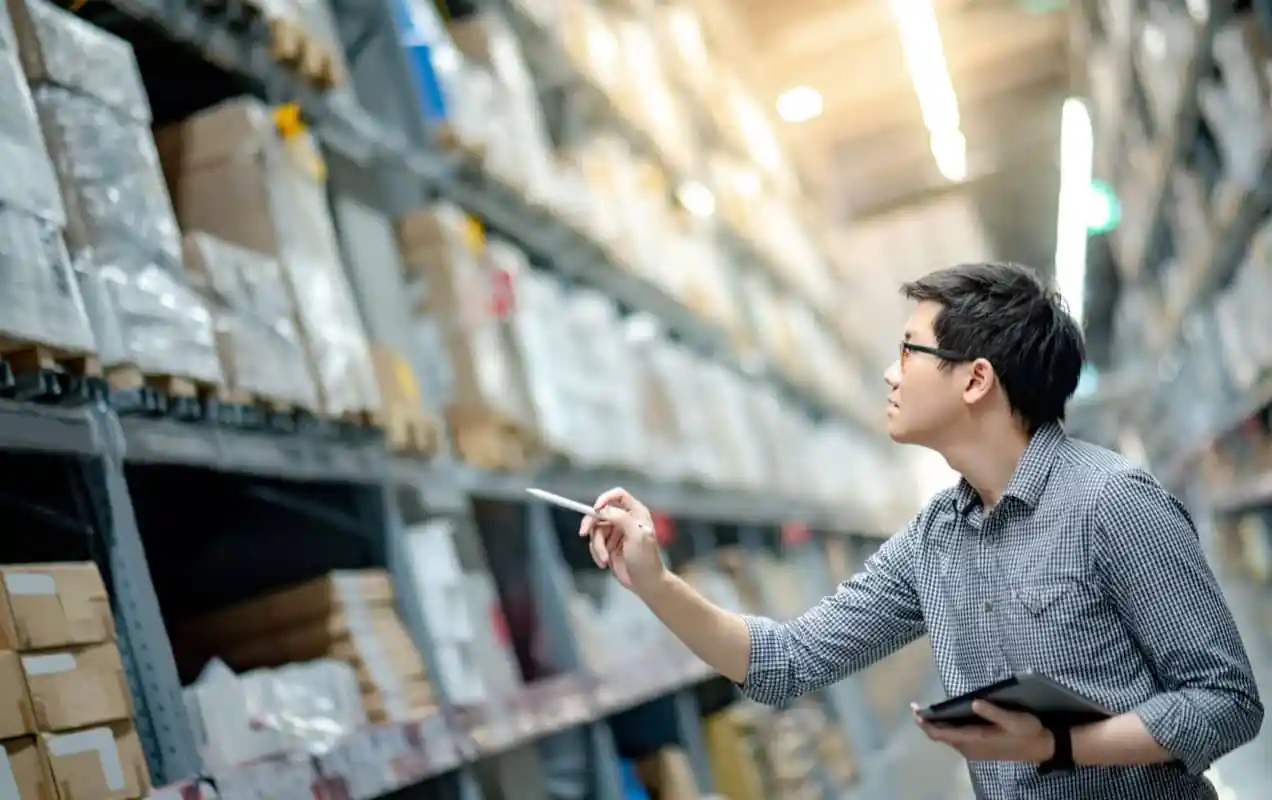Inventory management is a critical aspect of any business, but it can be especially challenging for small businesses. Consignment inventory is one option that can help businesses keep track of their inventory and save money. In this article, we’ll explain what consignment inventory is and how it works.
What is consignment inventory?
Consignment inventory is inventory that is owned by one party but stored and managed by another. In a consignment arrangement, the party who owns the inventory (the “consignor”) retains title to the goods, but the party who stores and manages the inventory (the “consignee”) bears the risks and costs of storage and management.
The most common type of consignment arrangement is perhaps the consignment shop, in which individuals or businesses bring goods to be sold on consignment. The shop owner agrees to sell the goods and, after the sale, pays the consignor a percentage of the proceeds.
Consignment arrangements can be beneficial for both parties involved. The consignor does not have to worry about storing or managing the inventory, and the consignee has access to a wider range of goods than they would if they were only selling their own products.
There are some risks associated with consignment arrangements, however. Since the consignor retains title to the goods, they may be liable for damages if the goods are damaged while in the possession of the consignee. Additionally, if the consignee goes out of business, the consignor may not be able to recover their goods.
How does consignment inventory work?
Consignment inventory is a type of inventory arrangement where the seller retains ownership of the goods until they are sold to the customer. The customer then pays the seller for the goods at the time of purchase. This type of inventory arrangement can be beneficial for both the seller and the customer.
For the seller, consignment inventory can help free up working capital that would otherwise be tied up in inventory. It can also help to reduce storage and handling costs. And, if the goods are sold quickly, the seller can realize a profit sooner.
For the customer, consignment inventory can provide access to merchandise that they might not be able to afford if they had to pay upfront. Customers can also take their time in making a decision, which can lead to improved satisfaction with their purchase.
If you’re considering using consignment inventory, it’s important to understand how it works and what the benefits and drawbacks are. This type of inventory arrangement can be a helpful tool for both businesses and customers, but it’s not right for everyone.
The benefits of consignment inventory
There are many benefits to using consignment inventory in your business. Perhaps the most obvious benefit is that it can help you save money. By only paying for inventory when it sells, you can free up cash flow that can be used elsewhere in your business. Additionally, consignment inventory can help you avoid stock-outs. By having inventory on consignment, you can be sure that you always have the products your customers want, when they want them. Finally, using consignment inventory can help build relationships with suppliers. By working with a supplier on consignment, you can develop a partnership that can be beneficial for both parties involved.
The drawbacks of consignment inventory
There are a few potential drawbacks to consignment inventory that businesses should be aware of before deciding if this type of inventory management system is right for them.
Firstly, consignment inventory can tie up a lot of capital. This is because businesses still technically own the goods until they are sold, meaning that they are still responsible for things like storage and insurance costs.
Secondly, consignment inventory can be difficult to track. This is because businesses need to keep track of both their own stock levels as well as the stock levels of the consignment store. This can lead to confusion and errors.
Lastly, businesses need to be careful when choosing a consignment store. This is because not all stores are created equal. Some stores may have higher fees or shorter payment terms than others. Businesses should do their research to make sure they find a store that meets their needs.
How to get started with consignment inventory
Consignment inventory can be a great way to save money on inventory costs, but it can be tricky to get started. Here are a few tips to help you get started with consignment inventory:
1. Research consignment inventory options. There are many different ways to set up consignment inventory, so it’s important to find the option that best fits your business.
2. Find a reliable partner. Consignment inventory only works if you have a reliable partner who can provide quality products and keep up with customer demand.
3. Put together a contract. Once you’ve found a partner, put together a contract that outlines the terms of your agreement. This will help prevent any misunderstandings down the road.
4. Set up your system. Before you start receiving consignment inventory, make sure you have a system in place for tracking products and payments. This will help you stay organized and avoid any headaches later on.
5. Keep communication open. Be sure to communicate regularly with your consignment partner, especially if there are any changes in inventory levels or customer demand. This will help ensure that everyone is on the same page and that your consignment arrangement runs smoothly.
Conclusion
Consignment inventory is a great way for businesses to save money on inventory costs. By consigning goods, businesses can get inventory at a fraction of the cost, and they only have to pay for it once it’s sold. This type of arrangement can be beneficial for both the business and the supplier. If you’re thinking about using consignment inventory for your business, be sure to do your research and work with a reputable supplier.



